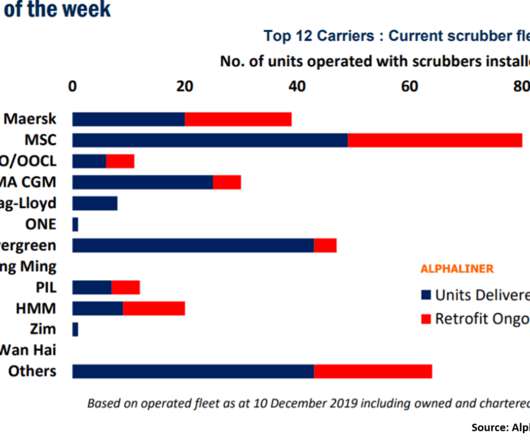Supply Chain Normalcy? Think Again.
Supply Chain Shaman
APRIL 18, 2023
In March 2023, the Global Supply Chain Pressure Index fell to the lowest level since November 2008. As consumer spending fell, the days of escalating ocean freight and extreme shipping variability eased this year. For organizations layered in functional metrics and driving a cost agenda, this is a tough nut to crack.

















Let's personalize your content